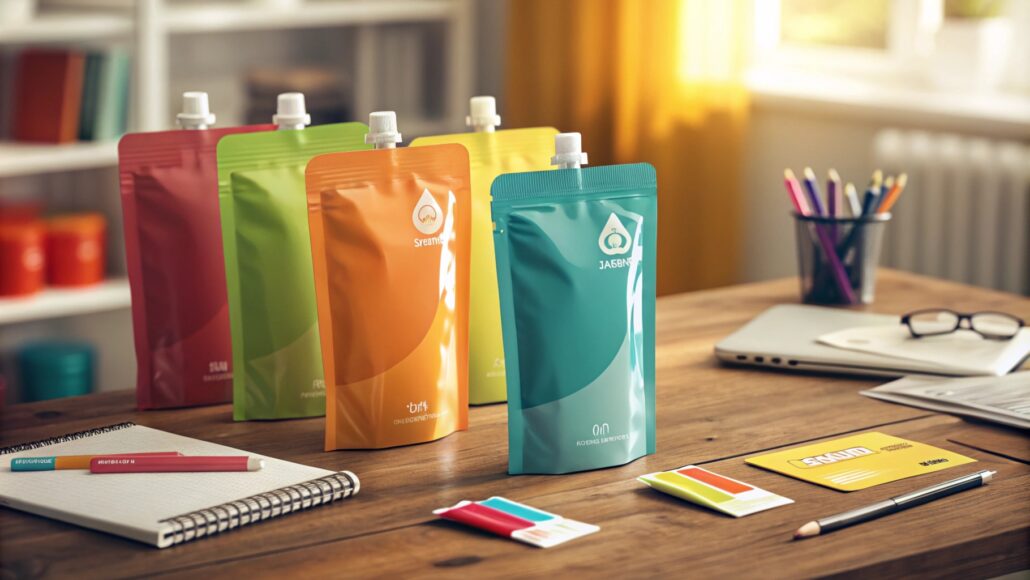
I face trouble finding stable, affordable spout pouches. I feel worried when quality and delivery disappoint me. I want a trusted source now.
I can find wholesale custom printed spout pouches that offer durable materials, vivid printing, and reliable spouts, ensuring my brand stands out and keeps customers satisfied.
I recall past issues with delayed shipments and inconsistent packaging. I want to share what I learned to help ensure better decisions next time.
[Table of contents]- What is a spouted pouch?
- How are pouches printed?
- Are spout pouches recyclable?
- How do you fill a spout pouch?
- Conclusion
What is a spouted pouch?
I must know what makes a spouted pouch distinct. I want to understand its structure and purpose. Short and simple explanations help me choose wisely.
A spouted pouch is a flexible bag with a built-in fitment for liquids, enabling controlled pouring, reducing mess, and improving user convenience. It saves space and enhances product presentation.
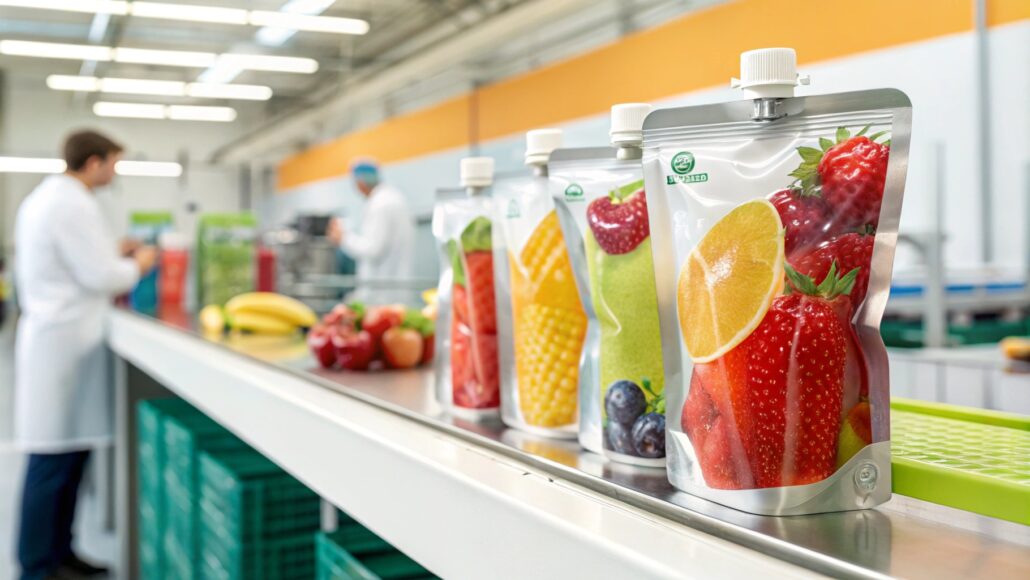
I look deeper now. A spouted pouch is more than a container. It represents a shift in modern packaging. It affects storage, branding, and consumer experience. I see it from many angles.
Why choose spouted pouches?
I once used rigid bottles. They took too much space, cost more to ship, and looked dull. With spouted pouches, I get compact shape and easy handling. This reduces freight costs and creates a fresher shelf look.
Different spout types
I can pick top or corner spouts. A corner spout might help customers pour sauces more neatly. A top spout might fit juices better. By choosing the right spout, I improve user experiences.
Materials used in spouted pouches
These pouches often combine PET, PE, and foil layers. This ensures freshness and prevents leaks. I can request eco-friendlier materials when needed. Materials matter. They affect shelf life, flavor preservation, and product safety.
Comparing traditional packaging vs. spouted pouches:
| Feature | Traditional Packaging | Spouted Pouches |
|---|---|---|
| Material Usage | Often rigid containers | Flexible, layered film |
| Storage Efficiency | Bulky and heavy | Compact and lightweight |
| Branding Options | Limited to labels | Full-surface printing |
| Shipping Costs | Higher | Lower due to less mass |
| User Convenience | Less portable | Easy to pour and carry |
Adapting to consumer demands
Customers want convenience. They hate bulky containers. They appreciate resealable spouts, portion control, and neat dispensing. A spouted pouch meets these needs by offering practical features.
My personal story with spouted pouches
I remember shipping fruit puree in traditional bottles. They leaked during transit. Customers complained. When I switched to spouted pouches, leaks stopped and complaints vanished. This changed my brand’s reputation and sales soared.
How are pouches printed?
I want to know how printing creates vibrant, durable graphics on pouches. Good printing increases brand visibility. It helps me stand out in crowded markets.
Manufacturers use specialized rotogravure or flexographic presses, applying high-quality inks on flexible films. They achieve vivid colors, sharp images, and lasting prints, ensuring a polished and professional brand appearance.
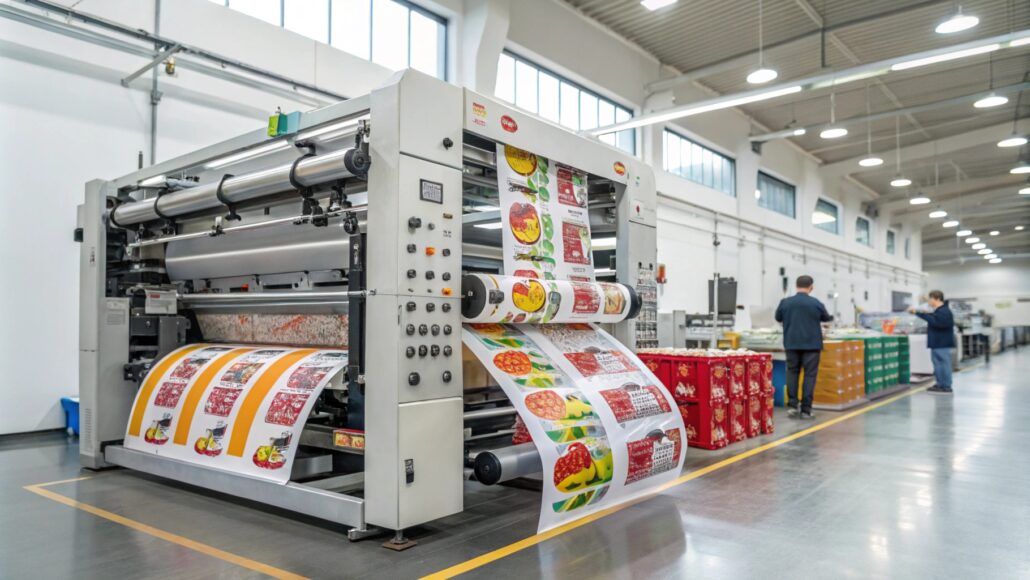
Printing is not simple. It mixes technology, art, and science. I must choose the right method for clarity and efficiency. Good printing strengthens my brand identity.
Rotogravure vs. Flexographic Printing
Rotogravure printing uses engraved cylinders. It delivers fine details and uniform quality. But setup costs are higher. Flexographic printing1 uses relief plates. It suits moderate volumes and offers decent quality at lower costs.
| Factor | Rotogravure Printing | Flexographic Printing |
|---|---|---|
| Detail Level | Very high detail | High detail |
| Setup Costs | Higher due to cylinders | Lower, flexible plates |
| Print Runs | Best for large volumes | Good for small-medium runs |
| Ink Transfer | Precise, consistent | Good coverage, slightly less detail |
Ink selection and sustainability
I can pick solvent-based inks for fast drying or water-based inks2 for a greener approach. Water-based inks are more eco-friendly but may require more drying time. Ink choice affects cost, appearance, and environmental footprint.
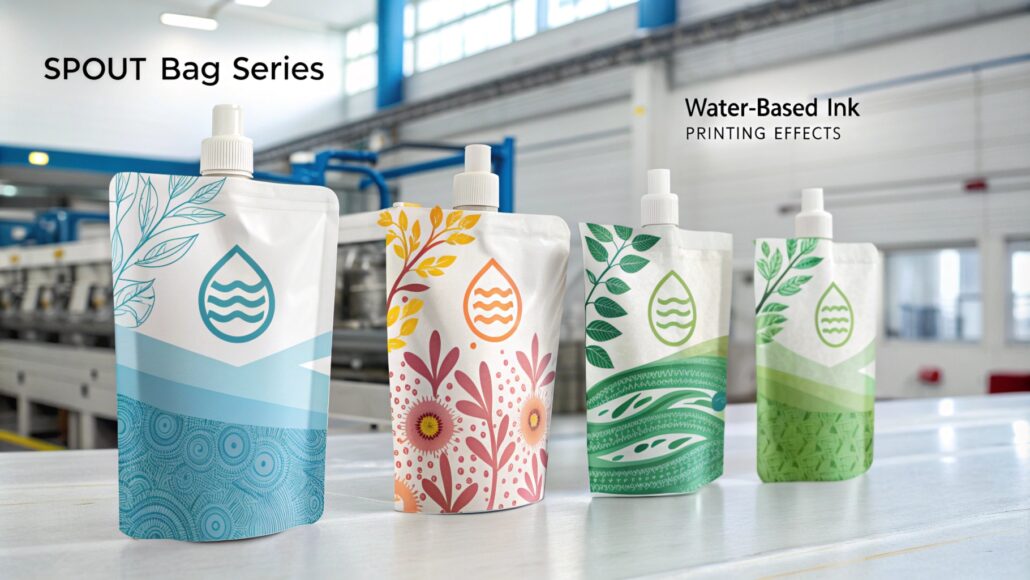
Protective layers and laminations
After printing, manufacturers add laminations to protect graphics from scratches or fading. Laminations improve shelf life and maintain the pouch’s appearance. This ensures customers receive a top-quality product.
Personal experience with printing
I recall my first attempt at custom printing. The colors looked dull. I adjusted color profiles and found the right ink. After that, my logo popped. Customers recognized my brand instantly, boosting trust and sales.
Are spout pouches recyclable?
I wonder if I can reduce waste and meet customers’ eco-expectations. Sustainability influences buying decisions. I must learn about pouch recyclability.
Some spout pouches use single-material structures that allow recycling at specialized facilities. Others remain challenging due to mixed layers. Selecting eco-friendly materials and clear disposal guidance helps improve recycling rates and brand credibility.
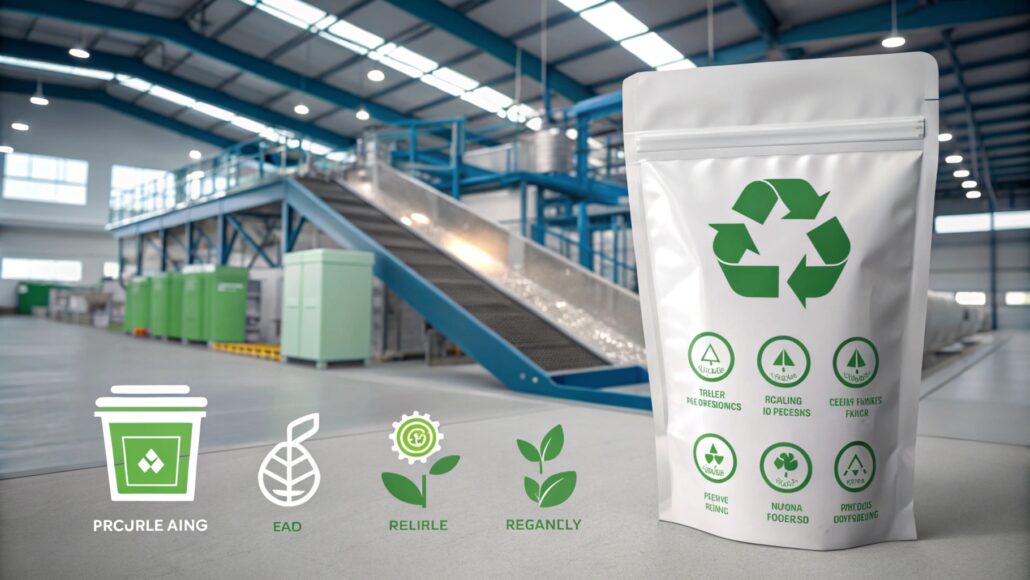
Recycling is complex. Many flexible packages combine layers for product protection. This makes them harder to recycle. Still, recycling facilities3 exist. I must consider material choices and disposal guidelines.
Understanding material complexity
Most pouches mix layers for oxygen and moisture barriers. This mix complicates recycling. If I switch to single-material pouches, recycling becomes more feasible. I must balance protection and recyclability.
Certifications and local guidelines
Some areas accept flexible films if properly labeled. Certification programs like “How2Recycle”4 guide consumers. By following these programs, I help buyers understand disposal steps, improving actual recycling rates.
My personal stance on sustainability
I remember a customer who asked about my packaging’s environmental impact. I felt uneasy saying it was not recyclable. Later, I tested new materials. Eventually, I offered partially recyclable pouches, gaining customer trust and loyalty.
Conclusion
I now know how to select, print, recycle, and fill spout pouches. This empowers me to source better packaging solutions, improving product quality, brand appeal, and customer satisfaction.

Footnotes:
Learn about flexographic printing, a method commonly used to create durable and vibrant designs for flexible packaging like spout pouches. ↩
Understand the eco-friendly benefits of water-based inks for printing spout pouches and how they compare to solvent-based options. ↩
Discover facilities that accept flexible packaging materials, helping you manage waste responsibly and enhance your brand’s sustainability practices. ↩
Explore the How2Recycle labeling program, which simplifies consumer understanding of packaging recyclability and encourages proper disposal. ↩
